Wieners are a very widespread type of quickly perishable sausage. They are generally made from ground meat - pork or chicken, with different additives such as animal fat, spices and water. The production of wieners continues to be obscured behind the veil of the questionable processes and substances used to make them.
Despite this, the popularity of wieners spread far and wide across all continents - in England it's known as the Vienna sausage, while in Germany they eat their Wienerwurst, Saitenwurst or Frankfurter. The worldwide fame of the wiener came with the cult food the hot dog, which was invented in the US and is 1 of the most popular fast foods in the world. The classic hotdog consists of a bun with a wiener and mustard and ketchup added.
This sausage is most often made from chicken or pork meat but in many cases is made from various types of meat all put together. Wieners can be smoked with natural deciduous wood.
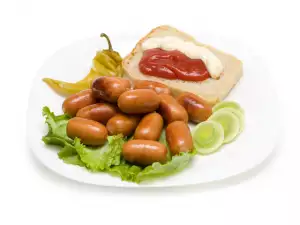
The classic wiener is made only from ground meat but today there are all sorts of wieners, such as ones with cheese, with a mixture of aromatic spices, baby wieners and others. There are also vegetarian wieners, made from plant proteins, primarily from soya, and are perfect for people who do not wish to include products from meat in their diet.
Production of Wieners
Each wiener is made from extra finely ground meat with spices, enhancers and water, which are ground in a giant industrial mixer, which are then stuffed into artificial casings. Long ago, wieners were made with real sheep's intestines but artificial ones today are the quicker, cheaper and more effective method. The stuffed wieners are cooked using a special technology.
Even though we'd all like for wieners to be made from 100% meat, this just can't happen for one reason or another. And although the different wieners are made with various ingredients in different ratios, all of them contain mechanically separated meat and "baader" (coarsely chopped and drained meat).
The various types of mechanically separated meat that are put in many sausages are:
- mechanically deboned meat (MDM);
- mechanically deboned tissue (MDT);
- mechanically separated tissue (MST);
- mechanically separated meat (MSM);
- mechanically recovered meat (MRM).
In wieners, they primarily use mechanically separated meat (MSM, baader), which is rich in fat whenever it comes from pork. If produced from bird meat or veal, it has more tendons. The recommended (but not mandatory! ) amount of MSM in wieners is no more than 20% in the final product.
Composition of Wieners
In recent years in countries outside the US, wieners have been aggressively advertised, and despite manufacturers claiming they're "made from real meat", the suspicion remains. There is a massive trend of wieners being made from finely ground horns, hooves, bones, claws and tendons in the industrial meat grinder.

All of these fall into the umbrella term "collagen" which is not actually absorbed by the body. This should automatically make us think whether a wiener can be called a healthy food at all, plus at times they are marketed as products low in fat.
Soya is generally allowed in the composition of wieners. These sausages often contain corn, potato or wheat starch, artificial colors, which make the otherwise ugly consistency of wieners look marketable.
In wiener production, they use so-called fillers. They are added because they have the ability to retain water, or in other words to increase the weight of the product after they take in more water.
Salt, as a natural preservative, is sometimes added in larger amounts, to increase the shelf life of the sausages. And although it's considered disgusting, it's common to add fat, salo, tallow, skins and all kinds of leftover animal products to wieners.
The water content in different wieners varies. Generally speaking, in veal and pork wieners it's a bit less - 54% - 66%, in comparison to chicken wieners - where the water content can go up to 73%, starting from 59%. In the dry substance of wieners, the fat percentage also varies, usually about 46%.
Choosing and Storing Wieners
Always pick out well vacuum-sealed and packaged wieners with a label clearly identifying the manufacturer and expiration date. Wieners need to be stored in the fridge, in a suitable package, so they don't further dry out. Wieners sold non-vacuumed in bulk can be stored up to 6 days in the fridge, while vacuum-sealed wieners can last up to 15 days.
Culinary Use of Wieners
Even though notorious when it comes to quality, wieners are among the most bought and used quickly perishable sausages in cuisine. There are 2 reasons for this - 1, they're cheap and 2, they can be used widely in cuisine. Let's also not forget that they're delicious and provide each dish a pleasant smoked flavor.

Wieners can be boiled, oven-baked, grilled or fried. They combine perfectly with potato casseroles, tomatoes, onions, all kinds of vegetables. They're quite convenient for preparing clay pot dishes or simply everyone's favorite - wieners with cheese, which have saved many mothers from long hours of cooking at the end of the work day. Wieners are used to make stews, beans, lentil dishes. You can even add them to potato salad or a salad of mixed vegetables of your choice.
Dangers of Wieners
Even if quality's assured on the package, wieners are not made of 100% pure meat and this shouldn't surprise anyone. Production processes need to be exceptionally strict, otherwise consumers may fall victim to pathogenic microorganisms, such as Salmonella, E. coli O157:H7, Listeria, Yersinia, Staphylococus and Pseudomonas.
To avoid this, the meat used to make wieners and any other type of sausage (short- or long-lasting) needs to be handled according to the sanitation and hygiene requirements for production and storage, to avoid any possible decaying processes in chicken, pork, veal or any other type of meat.
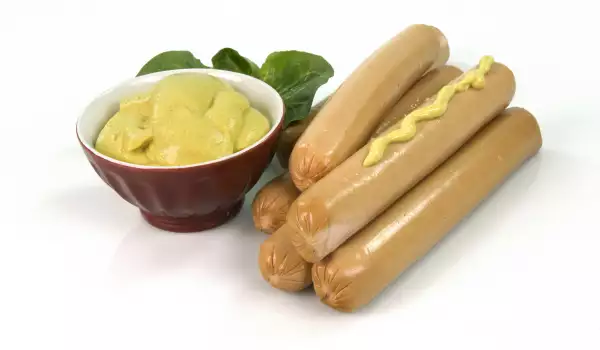
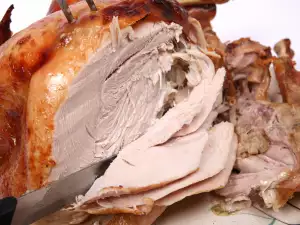

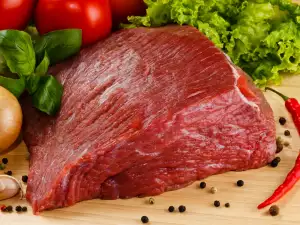

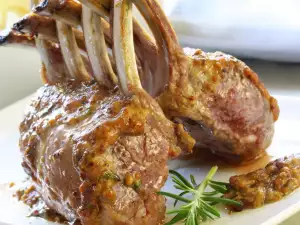
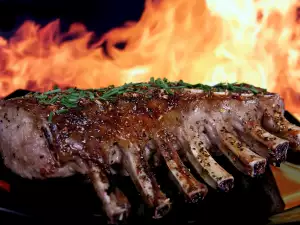



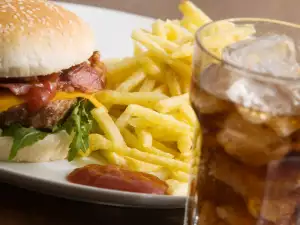









Comments